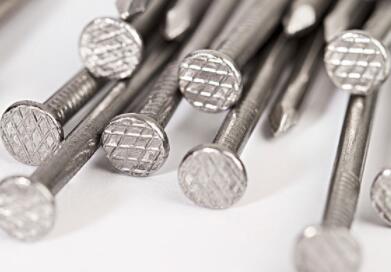The Versatility of GI Weldmesh Applications and Benefits
Galvanized iron (GI) weldmesh has emerged as an indispensable material across various industries due to its strength, durability, and versatility. Constructed from high-quality steel wire, which is then galvanized to prevent rust and corrosion, GI weldmesh finds numerous applications in construction, agriculture, and security. This article delves into the characteristics, benefits, and applications of GI weldmesh, highlighting its significance in today’s industrial landscape.
Understanding GI Weldmesh
GI weldmesh is essentially a network of wires that are welded together at regular intervals, creating a grid pattern. The galvanization process involves coating the steel wires with zinc, which acts as a sacrificial layer, protecting the underlying metal from corrosion. This makes GI weldmesh suitable for a variety of environments, including those with high humidity and exposure to chemicals.
One of the standout features of GI weldmesh is its robust nature. The welding joins enhance the overall strength of the mesh, making it resistant to deformation and breakage. Additionally, the mesh can be produced in various configurations, including different wire diameters and mesh sizes, allowing for customized solutions to meet specific project requirements.
Benefits of GI Weldmesh
1. Corrosion Resistance The zinc coating ensures that GI weldmesh withstands harsh environmental conditions, significantly extending its lifespan compared to non-galvanized products.
2. Strength and Durability The welded joints provide exceptional strength, making GI weldmesh suitable for heavy-duty applications, particularly in construction where it supports structural integrity.
3. Cost-Effectiveness Given its longevity and strength, GI weldmesh offers a cost-effective solution over time. While the initial investment may be higher than some alternatives, the reduced need for maintenance and replacement results in overall savings.
4. Ease of Installation The lightweight nature of GI weldmesh allows for easy handling and installation. This translates to reduced labor costs and time savings during construction.
gi weldmesh

5. Versatility GI weldmesh can be used in a wide range of applications—from fencing and animal enclosures to reinforcement in concrete structures. Its adaptability makes it a go-to option for various projects.
Applications of GI Weldmesh
1. Construction In the construction industry, GI weldmesh is commonly used for concrete reinforcement. It provides high tensile strength and can be utilized in slabs, walls, and highway construction.
2. Agriculture Farmers use GI weldmesh for fencing to protect crops and livestock. It is also used for constructing bird cages and animal enclosures, ensuring safety and security.
3. Security Given its robust nature, GI weldmesh is widely utilized in security fencing for commercial properties, industrial sites, and residential areas. Its strength dissuades intruders, making it a reliable choice for property protection.
4. Industrial Applications In manufacturing and warehousing, GI weldmesh is used for guardrails, racks, and mesh partitions. This helps optimize space while maintaining visibility.
5. Landscaping GI weldmesh is also used in landscaping projects for erosion control, project boundaries, and garden fencing.
Conclusion
In summary, GI weldmesh stands out as a practical and reliable material with vast applications across multiple sectors. Its corrosion resistance, strength, and versatility not only enhance the durability of projects but also provide cost-effective solutions in the long term. As industries continue to evolve, the demand for robust materials like GI weldmesh is expected to grow, solidifying its place as an essential component in modern construction and security solutions.

















